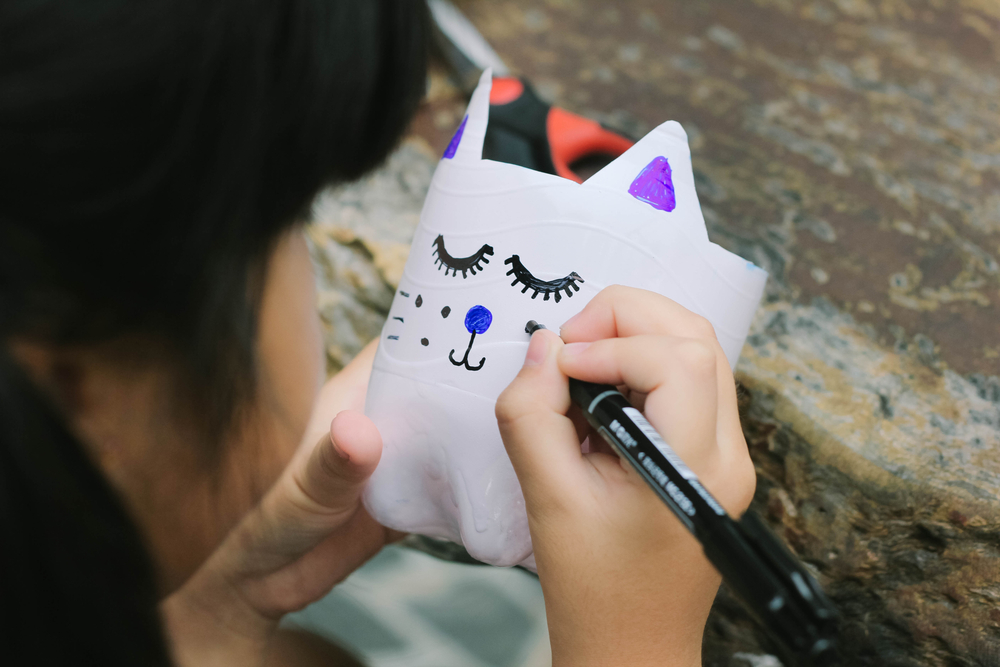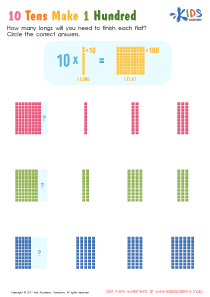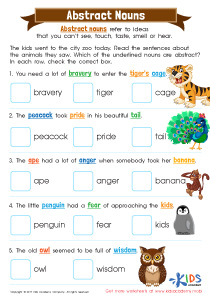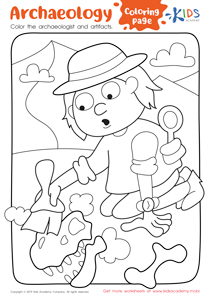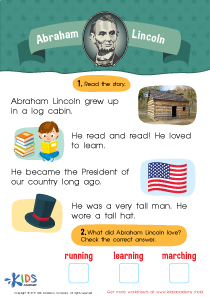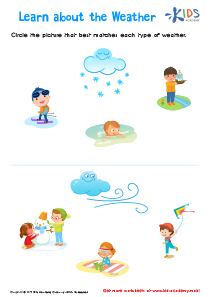Normal Phonics worksheets activities for Ages 3-5
4 filtered results
-
From - To
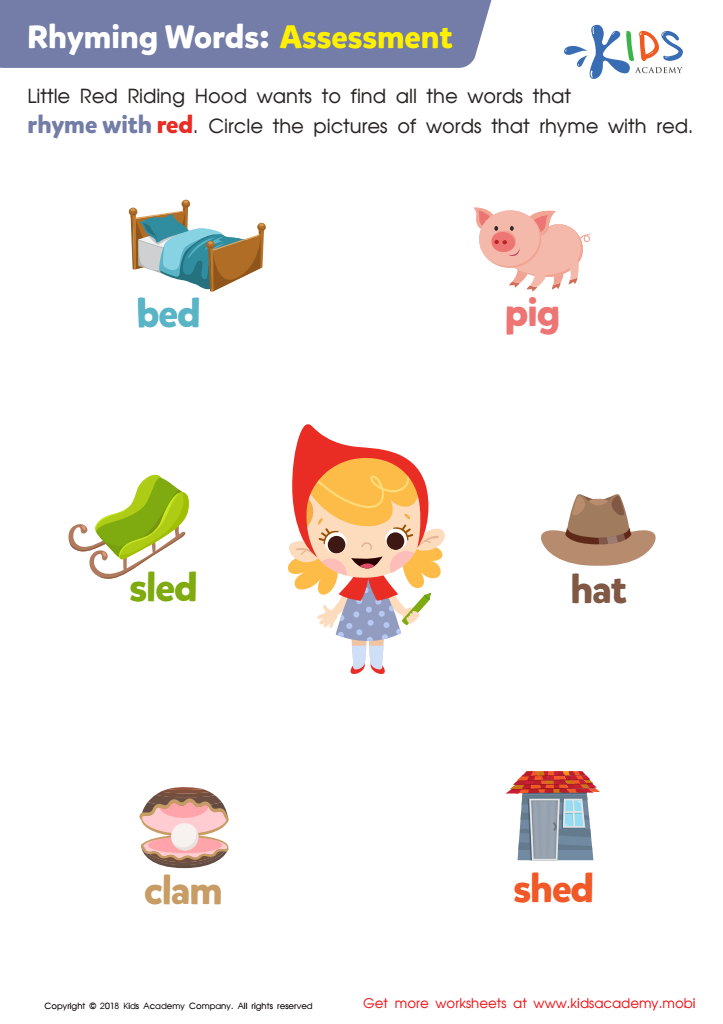

Rhyming Words: Assessment Worksheet
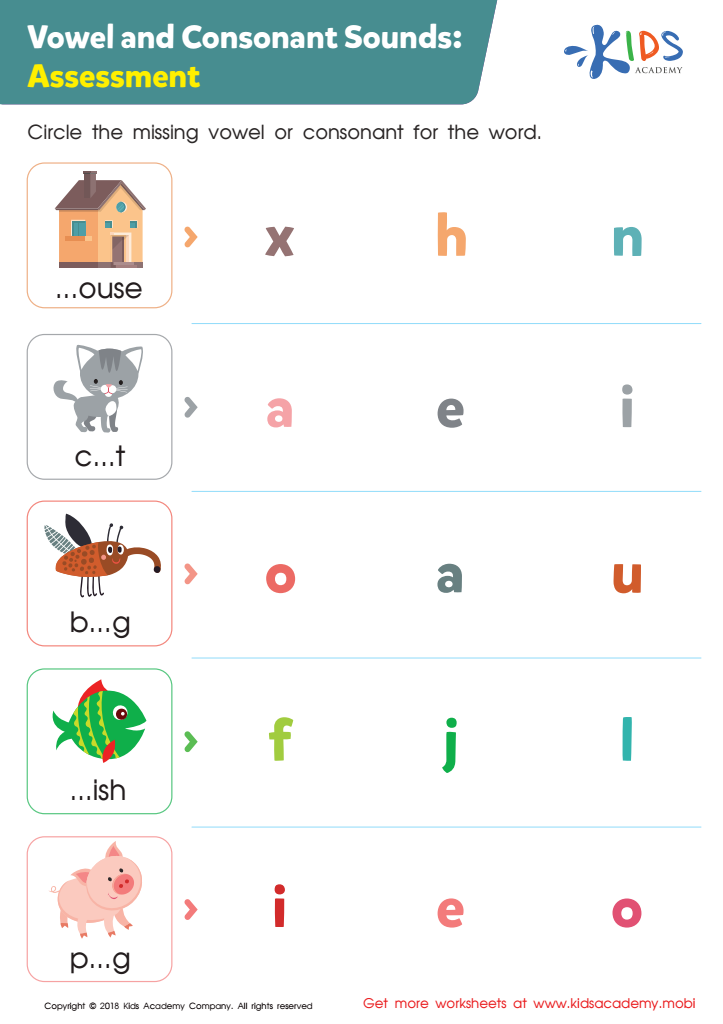

Vowel and Consonant Sounds: Assessment Worksheet
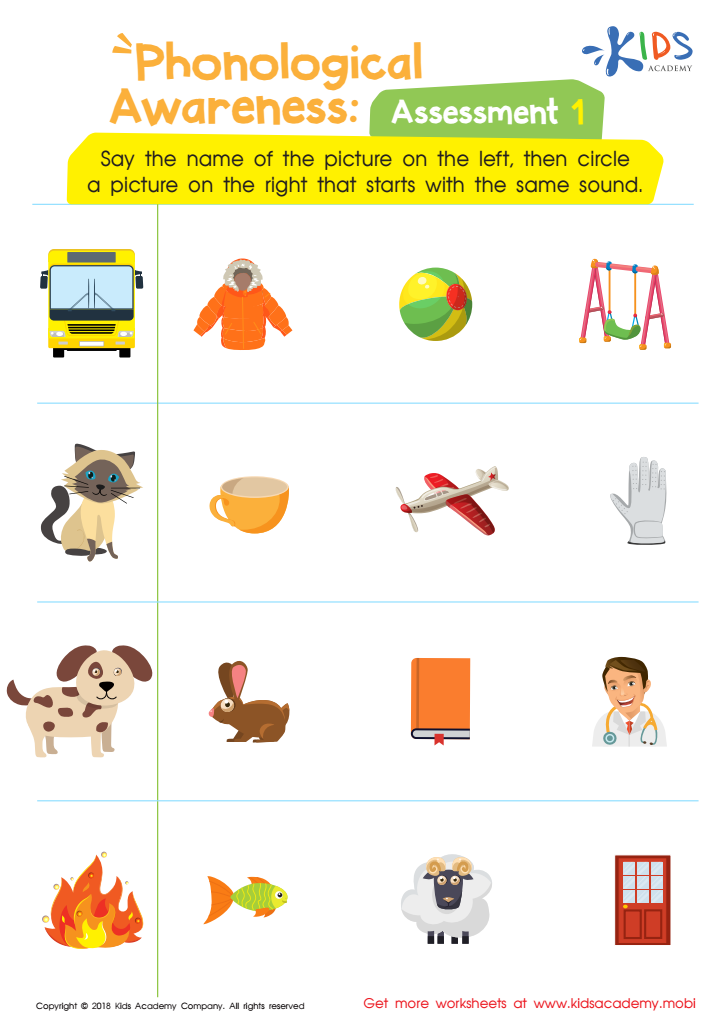

Phonological Awareness: Assessment 1 Worksheet
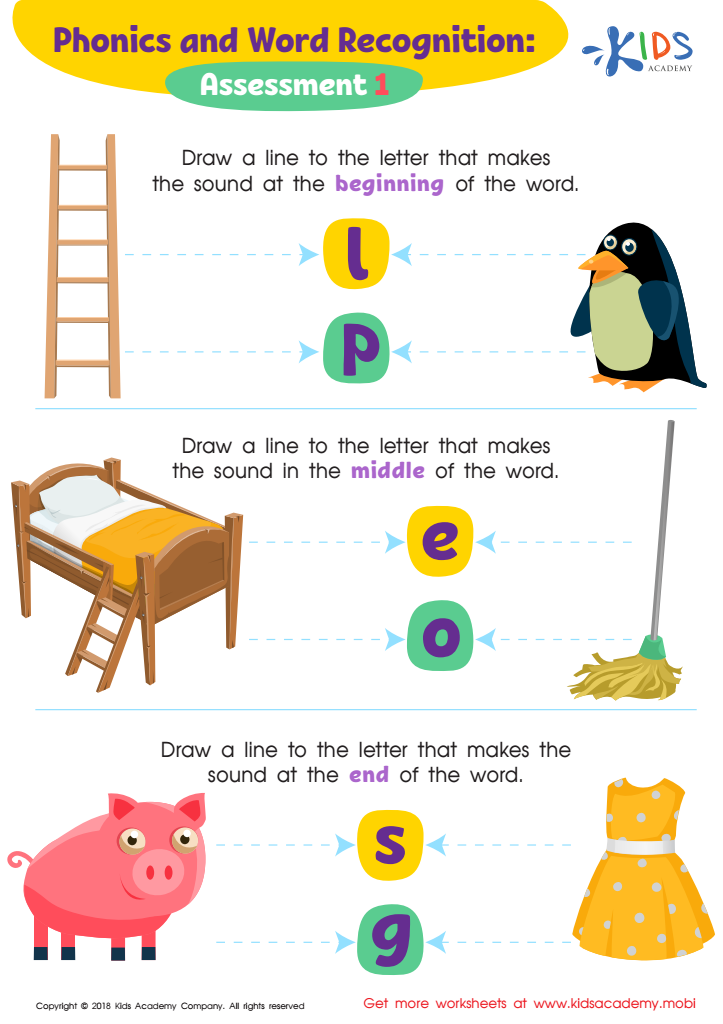

Phonics and Word Recognition: Assessment 1 ELA Worksheet
Normal Phonics worksheets activities are an essential tool in teaching young learners the foundational skills of reading and writing. These activities are meticulously designed to introduce children to the relationship between letters and sounds, paving the way for fluent reading and accurate spelling. Here are several reasons why Normal Phonics worksheets activities are particularly useful in educational settings.
Firstly, they offer structured learning. Normal Phonics worksheets activities are organized in a way that systematically introduces new sounds and letter combinations to students, ensuring that learning is progressive and builds upon previously acquired knowledge. This structure helps children grasp the complexities of the English language in a manageable and coherent manner.
Secondly, they cater to various learning styles. Whether a child learns best through visual cues, repetition, or hands-on activities, Normal Phonics worksheets activities provide a range of approaches to suit different preferences. This versatility ensures that all children can engage with the material in a way that best suits their individual learning style, increasing the likelihood of retention and comprehension.
Moreover, Normal Phonics worksheets activities reinforce learning through practice. By offering a variety of exercises, from matching games to fill-in-the-blank questions, these worksheets allow children to practice new phonics rules in multiple contexts. This repetition is crucial for cementing understanding and facilitating the transition from decoding words to fluent reading.
Additionally, they promote independent learning. As children become familiar with the format of Normal Phonics worksheets activities, they gain the confidence to tackle new challenges on their own. This autonomy fosters a sense of achievement and encourages a positive attitude towards learning.
In conclusion, Normal Phonics worksheets activities play a pivotal role in literacy development. Their structured approach, adaptability to different learning styles, emphasis on practice, and promotion of independent learning make them an invaluable resource in teaching children to read and write effectively.
 Assign to the classroom
Assign to the classroom





